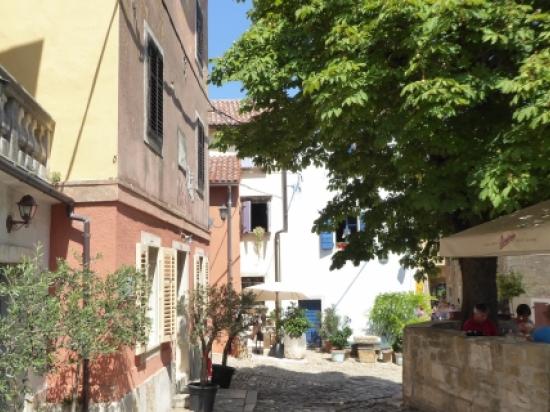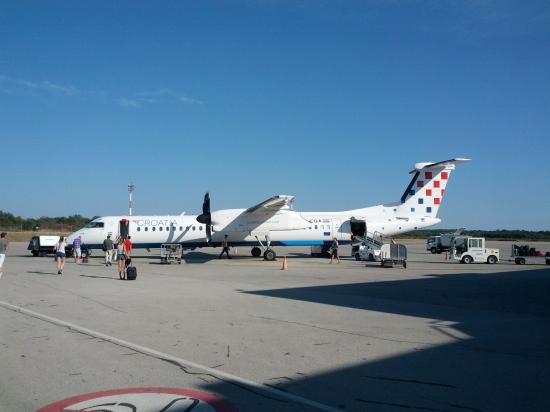The Roman Town of Pula
Alright, let's dive into the fascinating tale of Roman Pula in Croatia—a story that weaves together gladiators, emperors, and ancient engineering prowess. Rewind the clock to the 1st century BC, and you’d find yourself in a bustling Roman colony.
Pula is a city that today boasts a charming mix of Roman ruins, Adriatic beauty, and Istrian culture. But rewind the clock to the 1st century BC, and you’d find yourself in a bustling Roman colony.
Colonia Pietas Julia Pola
The Romans, ever the ambitious city planners and conquerors, captured Pula around 177 BC. They recognized the strategic importance of its location and began developing the town, transforming it into a significant Roman port and trade hub. The official establishment as a Roman colony, Colonia Pietas Iulia Pola, occurred under Emperor Augustus in the 1st century BC.
The Pula Arena

Arguably the crown jewel of Roman Pula, the amphitheater was constructed between 27 BC and AD 68. This colossal structure, still remarkably well-preserved, could hold up to 23,000 spectators. It hosted gladiatorial contests, animal hunts, and other forms of entertainment that kept the Roman populace entertained and the emperors in their good graces.
The Temple of Augustus and Roma

Dedicated to the first Roman emperor, this temple was built in the early 1st century AD. It stands as a testament to the religious and civic architecture of the time, and despite suffering damage over the centuries, it remains a key historical landmark.
The Triumphal Arch of the Sergii

Erected around 29-27 BC by the Sergii family, this arch commemorates their military achievements. Its ornate carvings and detailed reliefs celebrate the power and prestige of the Sergii, a prominent local family.
Pula, like any Roman city worth its salt, was a vibrant center of activity. The streets were lined with shops, public baths, and forums where citizens would gather to discuss politics, business, and the latest gossip. The port buzzed with trade, connecting the city to other parts of the Roman Empire.
The town also had a bustling market where traders sold everything from olive oil and wine to exotic spices and textiles. The citizens of Pula enjoyed the benefits of Roman engineering, with aqueducts supplying fresh water and roads connecting them to other parts of the empire.
With the fall of the Western Roman Empire in the 5th century, Pula, like many Roman cities, saw a decline. The turbulent times that followed saw the city changing hands among various powers, but the Roman legacy remained imprinted on its landscape.
Today, Pula’s Roman relics are a major draw for history buffs and tourists alike. Walking through the city, you can almost hear the echoes of gladiators clashing in the arena, the chatter of merchants in the market, and the proclamations of emperors resonating through the forum.
So, whether you're a history enthusiast, an architecture aficionado, or just someone who appreciates a good story, Roman Pula offers a fascinating glimpse into the grandeur and complexity of the ancient world. Cheers to time travel through ancient stones!




